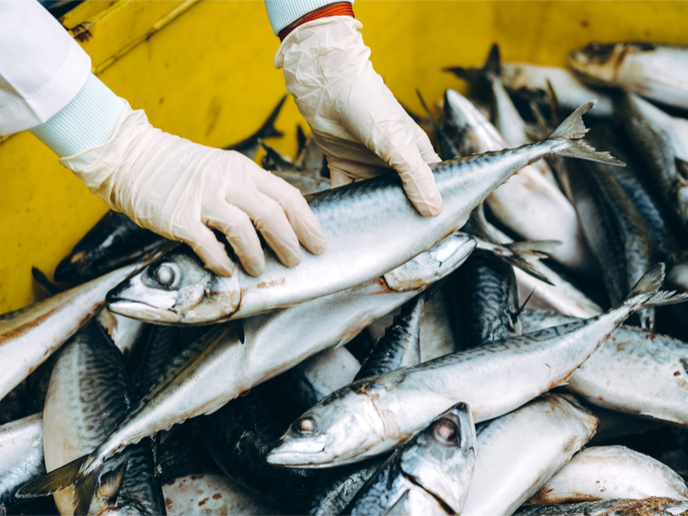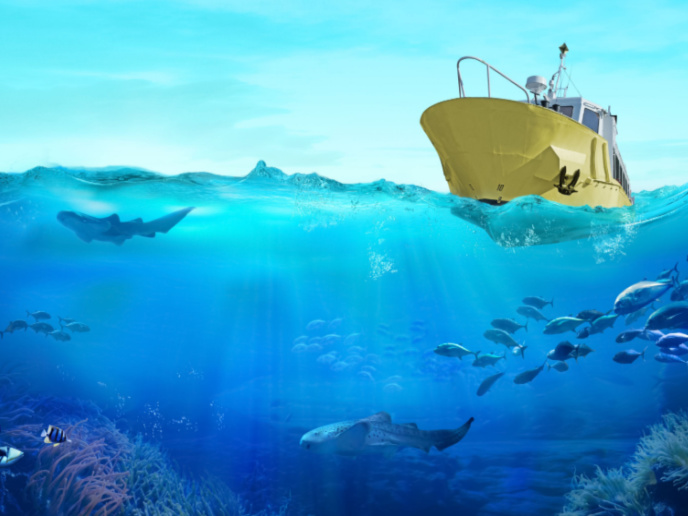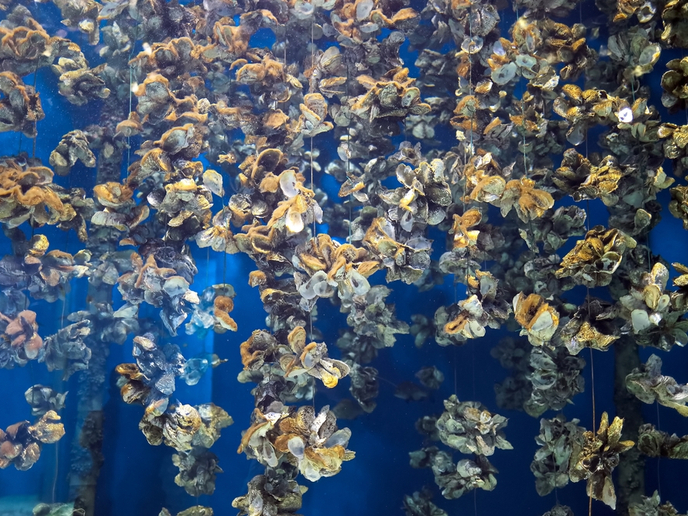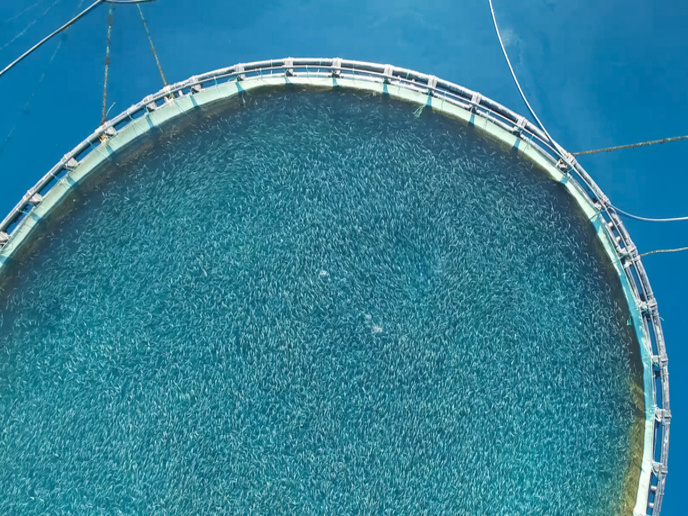Decision support framework for sustainable aquaculture & fisheries
Aquaculture accounts for around 10 % of fish production in EU, fisheries for about 25 %, and imports from countries outside the EU for 65 %. Although EU aquaculture is renowned for its high quality, environmental sustainability and consumer protection standards, the overall output has been relatively constant in volume since 2000, partly because products have not been cost-competitive compared with imports. At the same time, global production has been growing by nearly 7 % per year. The EU-funded project PrimeFish (Developing innovative market orientated prediction toolbox to strengthen the economic sustainability and competitiveness of European seafood on local and global markets) has been established to help increase the sector's production and competitiveness. The consortium introduced an innovative decision support framework that includes forecasting models and market intelligence tools for boosting the competitiveness and economic sustainability of the European seafood industry. A wide-ranging analysis of Europe's fish market uncovered critical factors and bottlenecks that restrain market growth of five fish species: herring, cod, salmon, freshwater trout, sea bass and sea-bream. The project analysed consumer behaviour and market trends in the main European seafood markets. It explored price fluctuations, government regulations regarding seafood trading, why seafood products fail on markets, and why the industry is not meeting current consumer demand and expectations. Prime toolbox Researchers used data collected from individual production companies, industry and sales organisations, consumers and public sources to verify models and develop prediction algorithms. "Our models can analyse changes in the competitiveness of the sector or how changes in the demand and supply chain determine prices. They can also estimate the willingness of consumers to pay for specific features of seafood products," says project coordinator Guðmundur Stefánsson. The models were integrated into a decision support system called PrimeDSS. PrimeDSS, together with the underlying data, user instructions and guidelines form the PrimeFish decision support framework (PrimeDSF). This will enable fishers, aquaculture producers and other stakeholders to understand and predict seafood market behaviour. But what does this innovative toolbox contain? Specialised marketing and economic tools PrimeFish conducted market studies involving close to 6 000 seafood consumers from 5 European countries, offering the seafood sector a deeper insight into their preferences and willingness to pay for fresh fish and their reactions to negative information published via different media. "Our new marketing tool, called 'Product Success Check", matches product attributes to specific consumer groups to improve the likelihood of successfully launching a new seafood product on the market," explains Stefánsson. As he further explains, the fail rate for new seafood products is very high, and the processes of product development and market entrance are very cost-intensive and financially risky. The second marketing tool developed by PrimeFish, called 'Willingness To Pay', identifies the willingness of consumers to pay for salient product attributes — wild caught or farmed fish, health claims and sustainability labelling. Another feature of PrimeDSS is the 'Competitive Position Analyser'. This economic tool identifies where Europe's aquaculture and fishery industries stand compared to their peers. Yet another tool, the 'Growth Risk Analyser', outlines price behaviour and identifies warning indicators signalling a boom-and-bust cycle. With no other similar decision-support tools available on the market, PrimeFish aims to significantly improve the competitiveness and economic performance of Europe's aquaculture sector. The market and economic tools will be commercially exploited after the project's end by a project partner.
Keywords
PrimeFish, fish, seafood, aquaculture, decision support framework, PrimeDSS, economic sustainability







